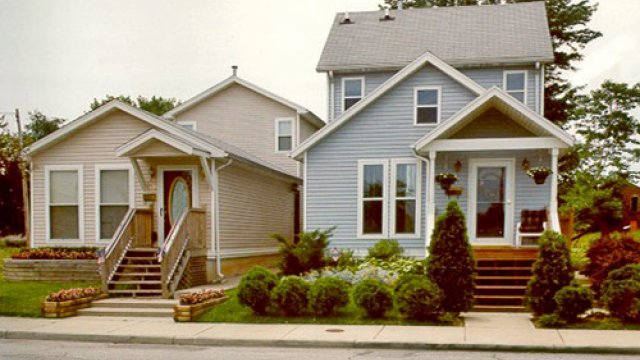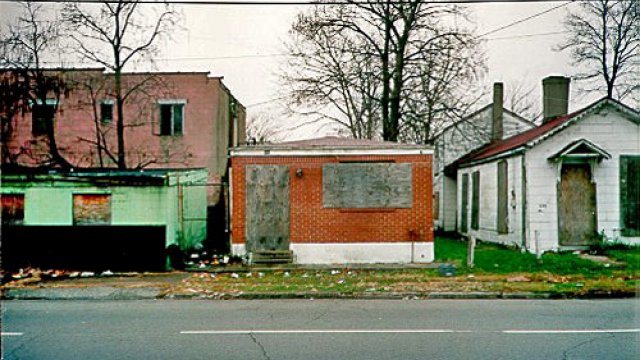Encourage Community and Stakeholder Collaboration: East Russell Partnership, Louisville, Kentucky
By listening to the community's demands and responding to its needs, a wide variety of government, nonprofit, and business organizations collaborated to revive the East Russell neighborhood in Louisville, Kentucky.
Like many traditionally African-American urban communities, East Russell declined as middle-class residents moved to other areas of the metropolitan region. Low homeownership, decreased investment, and scarce opportunities in the community led to high poverty, unemployment, crime, and homelessness.
In 1992, a collaboration began to revitalize the neighborhood. The University of Louisville joined local businesses and unions; foundations; nonprofits; philanthropic groups; and federal, state, and city governments. With $3.5 million in federal grants and a matching donation of $1 million from local organizations, the partnership supported the construction or refurbishing of over 600 homes.
The partnership also supplied a wide range of critical services, including child care and health care. These efforts have improved the commercial areas of the community, which now include a bookstore, a movie theater, and an African-American museum.
The partnership has succeeded thanks to community empowerment. When the initiative began, community leaders intended to provide a range of services along with a few rental units. When local residents expressed the desire to own their own homes, the partnership helped establish low-interest loans and other creative financing to provide former rental tenants with affordable 30-year mortgages.
The partnership also educated potential homebuyers to help them find homes that they could afford on their incomes and to teach them skills that would help them maintain the home. Research from the University of Louisville suggests that this approach has paid off; East Russell had the second-highest property value increase (by percentage) of neighborhoods in Louisville since 2000 and the lowest foreclosure rates in the metropolitan area from 2004 to 2008.1
This case study was first published in 2006 and updated in March 2012.
Find other case studies in Smart Growth Illustrated that discuss the 10 smart growth principles.
References:
- Gilderbloom, John, Matt Hanka, and Joshua Ambrosius. “Stopping the cancer of high neighborhood foreclosures.” Business First. July 5, 2010.
-

New houses reflect the many architectural styles in the neighborhood, preserving the look and feel of the historic community. Photo courtesy of Dr. John Gilderbloom.
-

Abandoned, boarded-up shotgun houses lined many blocks in East Russell. However, the small lot sizes supported the development of affordable for-sale homes. Photo courtesy of Dr. John Gilderbloom.
-

This boarded-up complex was transformed into City Park View apartments, a mix of market-rate and affordable homes. Photo courtesy of Dr. John Gilderbloom.
-

Children play in a water fountain in front of the City Park View apartments. Photo courtesy of Dr. John Gilderbloom.
-

An abandoned school is now low-cost senior housing. Photo courtesy of Dr. John Gilderbloom.
